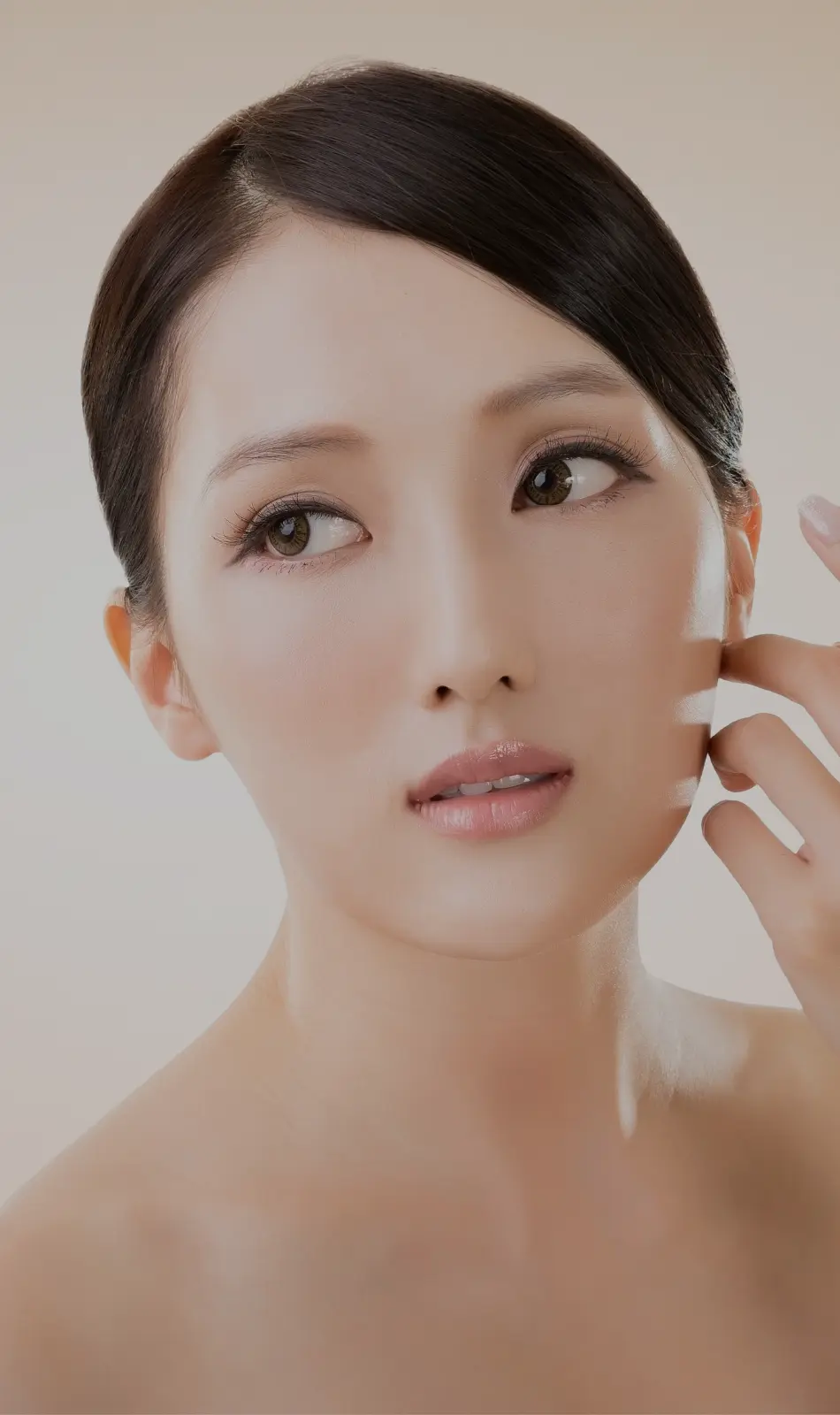As people age, they often experience changes in their face that can be addressed with dermal fillers. These changes include the formation of wrinkles in the glabella and periorbital regions, deepening of nasolabial grooves, and the development of marionette lines, brow ptosis, periorbital and temporal hollowing, atrophy and descent of midfacial fat pads, and jowling. These age-related changes are mainly driven by the loss of soft tissue elasticity, gravity-mediated descent of normal structures, and loss of volume, which may be the primary process driving some of these changes.
Studies have shown that volume loss occurs early in the aging process and can be restored with soft tissue fillers, such as hyaluronic acid (HA), calcium hydroxylapatite, poly-l-lactic acid, and polymethyl methacrylate. The US HA-based dermal fillers market was estimated at $1 billion in 2020 and is projected to grow due to increasing interest in facial rejuvenation. Among these fillers, HA dermal fillers are the most popular type due to their rheologic characteristics.
In summary, the use of dermal fillers can address age-related changes in the face caused by the loss of soft tissue elasticity and volume. HA dermal fillers are a popular choice among the various types available on the market, given their rheologic characteristics. Understanding the different types of fillers available is critical to providing optimal treatment.









